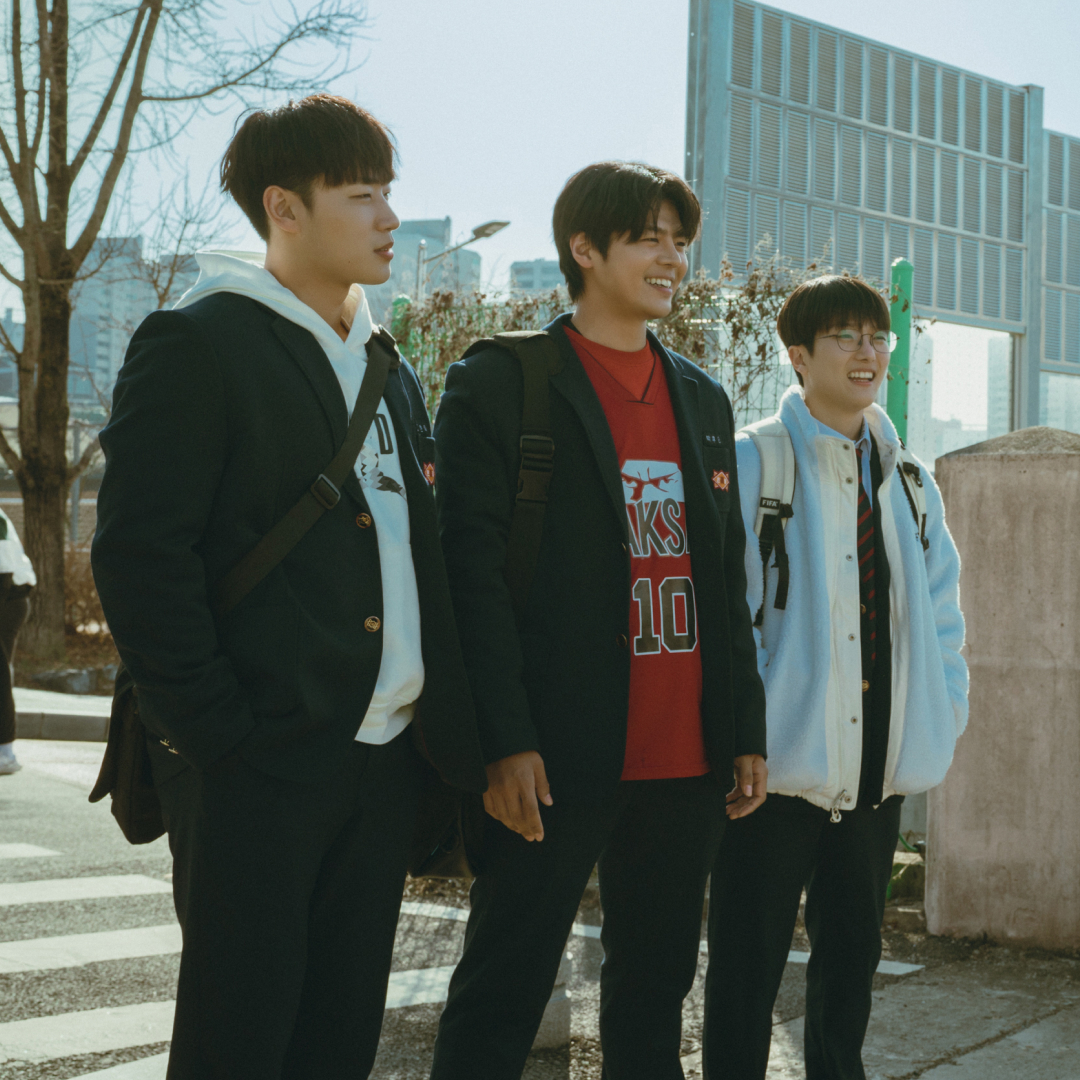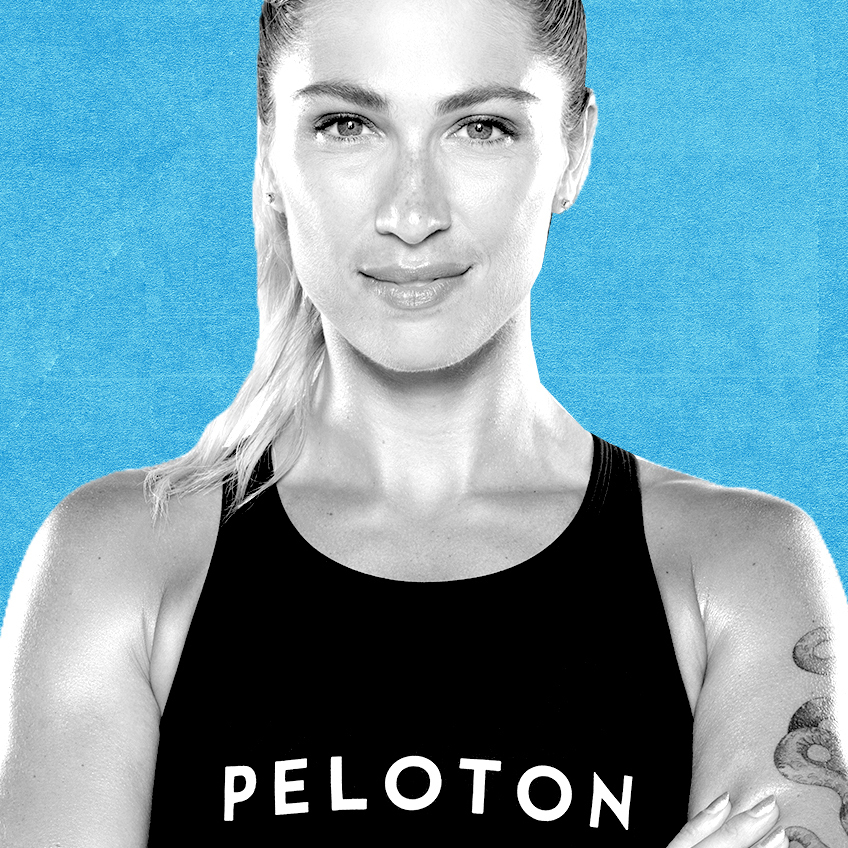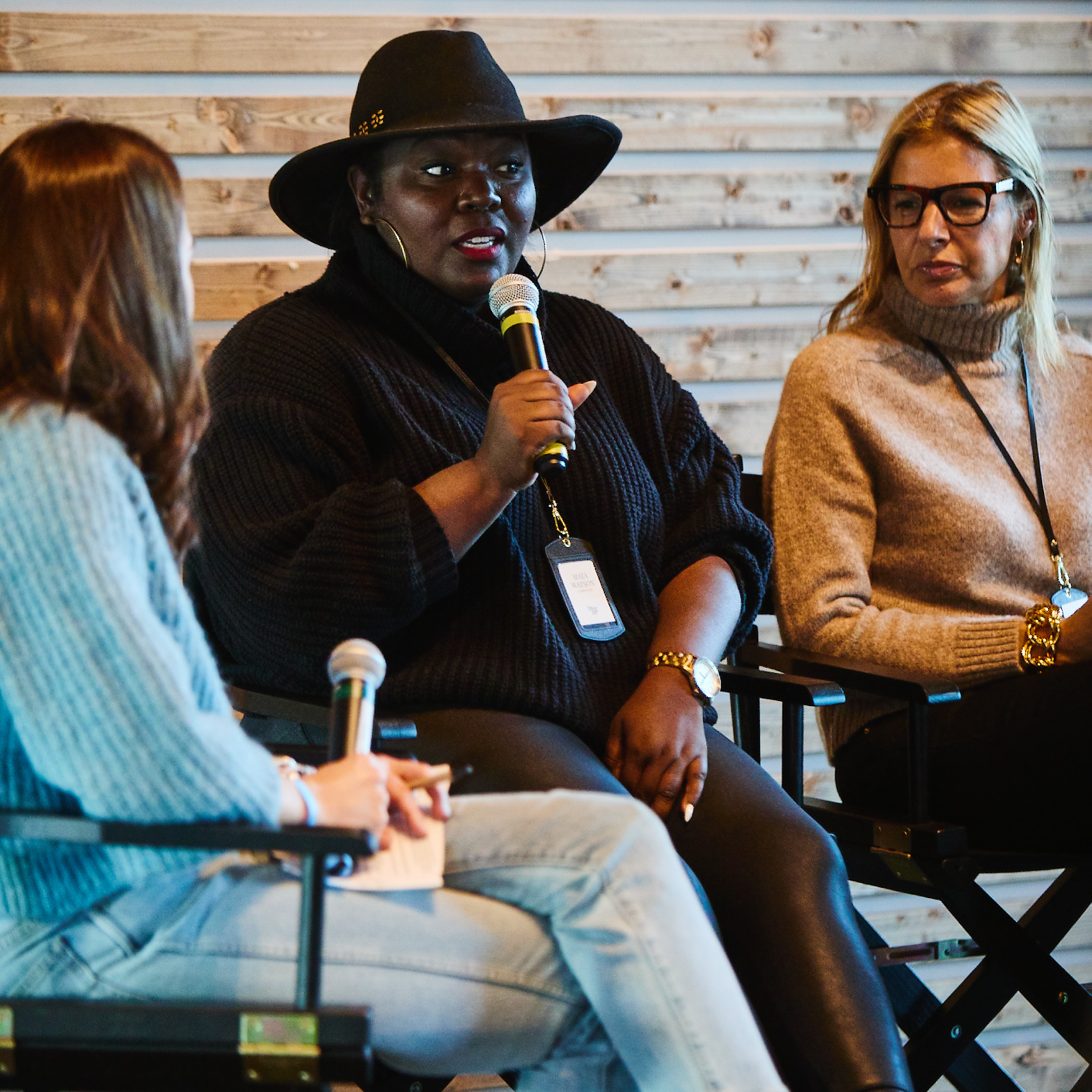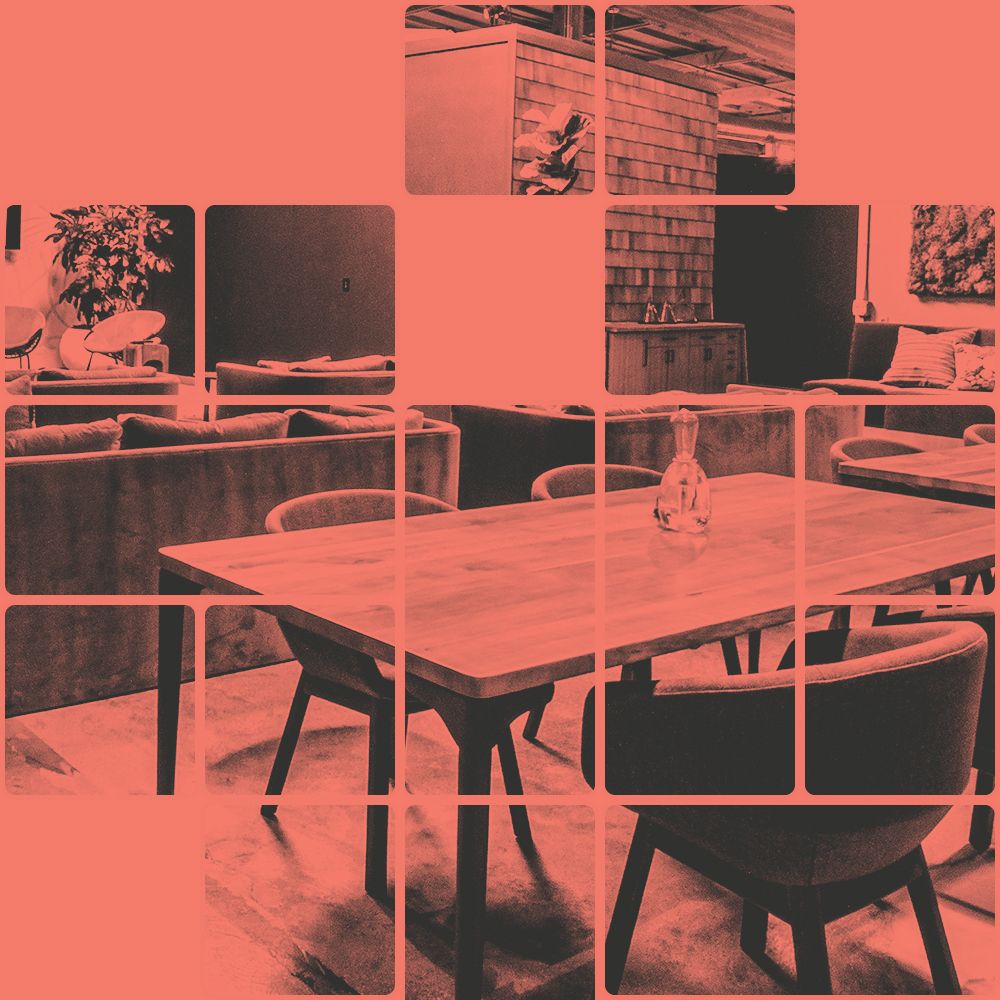Valley Girls
Silicon Valley Intentional Communities - Tech Compounds in the Silicon Valley
When Joanna Bresee, a brown-haired, hazel-eyed 26-year-old, arrived at 21677 Rainbow Drive in Cupertino, California, last April to meet six prospective roommates for dinner, she was nervous. The accomplished group of scientists and entrepreneurs, ages 23 to 34, living in Rainbow Mansion — a sprawling 5,000-square-foot Spanish-tiled house perched on a hill overlooking Silicon Valley — was intimidating, she says. She'd taken care to arrive early and immediately pitched in to help prepare the house's order of farm-share vegetables for a big communal meal. The conversation flowed freely, and "at first, it was casual and friendly," says Bresee, a recent Pittsburgh transplant. Then one of the roommates, a development lead at Google, turned to her and asked abruptly, "So, what do you care about?" It was very "let's get to the meat of this," says Bresee, a former researcher at NASA who is now a user experience designer at Microsoft. But it wasn't unexpected.
A week earlier, she'd spent days mulling over answers to the six-question house application one of the roommates had e-mailed her. "It asked basic things like, 'Have you lived with people before?' but also, 'What books would you bring to our library?' and, 'What do you want to do to affect the world?'" recalls Bresee, who learned of the open spot in the house from a female friend who worked at the space-exploration company SpaceX and was moving out. Bresee mentioned Daniel Kahneman's book Thinking, Fast and Slow in her response. Now, looking at the expectant faces of the group, she recounted an experience visiting an 80-something family friend in a nursing home where this formerly vivacious woman sat alone with a TV blaring. "It seemed like a design problem, like we could create better environments for people" near the ends of their lives, Bresee told the group. When they offered her the spot, she wondered if group living was really for her. Would household noise keep her awake at night? Ultimately, she jumped at the chance to find out. "I was excited and relieved," says Bresee of the day she moved in. "I could envision myself there."
Much like the Palo Alto house in The Social Network — where Mark Zuckerberg and Sean Parker grew Facebook from an unknown startup to an online behemoth, and which famously included a zip line across the pool — Rainbow Mansion is part of a new crop of about a dozen technology-focused live-work communities scattered throughout the area. (Another was featured on Bravo's Start-Ups: Silicon Valley, produced by Zuckerberg's sister Randi Zuckerberg.) The houses' personalities vary. Some are hard-core into startups, while others are convivial, with a flair for hosting social events. But the inhabitants — smart and idealistic, ranging in age from late teens to mid-30s, and, until recently, almost all guys — come in search of the freewheeling, no-holds-barred environment, where local tech superstars mingle with Valley newbies and unbridled entrepreneurialism is the order of the day. Collaborative living is a tradition familiar to the Bay Area, from the Haight-Ashbury to the Esalen alternative residential community. But this time, the new captains of industry are leading the charge, and as the rest of Silicon Valley hustles to create the Next Big IPO, these intentional communities foster lucrative business relationships and connections; roommates and former roommates collaborate on startups, swap valuable contacts, and fund one another's ventures. In addition to professional capital, though, the houses provide a nurturing environment where friends form familial bonds. And who wouldn't want to be part of a family that, for fun, is taking apart an old SGI Onyx super computer and turning it into an automated drink-mixing-and-dispensing machine controlled by an iPad? Or that shares a cofounder with a ranch in Costa Rica, La Choza, where roommates can undertake community projects, like building houses for locals? At Rainbow Mansion, there's even a biology lab and workshop in the garage where residents incubate ideas like underwater robots and unmanned aerial vehicles controlled via mobile phone.
Every New Year's, the house would get together, talk about our goals, and keep each other accountable. The goals always had altruistic components," says Celestine Johnson, a 28-year-old Santa Barbara native who lived in Rainbow Mansion from 2008 to 2010. She recalls one roommate who wanted to create a device to eliminate debris floating in space. Johnson, who was working in Apple's corporate social responsibility group at the time, moved into what she calls "nerd mansion" after answering a Craigslist ad specifically seeking a passionate female in her early 20s. "We didn't care about their creditworthiness," says former NASA chief technology officer Chris Kemp, who helped found the house in 2006 and played a key role in picking new housemates. "We were more concerned about what people were doing with their lives." He and Johnson, acquaintances through Rainbow Mansion, have kept in touch, and Johnson, now a creative director at venture capital firm Innovation Endeavors, facilitated her company's investment in Kemp's cloud-computing startup, Nebula, this past fall.
Former roommates describe the six-bedroom, four-and-a-half-bathroom house as "creative chaos," with movies like Planet Earth or something from the James Bond catalog playing on a giant projector screen (there is no TV) in an enormous living room where housemates and visitors lounge on mix-and-match furniture, a handmade paper-towel-roll tetrahedron hangs from the ceiling, and DIY telescopes, as opposed to beer cans, litter the floor. Today, Bresee is one of three women in the group of seven residents, including a Tesla engineer, Stanford graduate student, and several startup entrepreneurs. On any given night, visiting friends or friends of friends, mostly male, might crash in a huge upstairs playroom with beds that functions as an entrepreneur hostel. Men outnumber women in Silicon Valley by up to 60 percent, and living in such a male-dominated environment has its stresses. "I wear silk long underwear to bed, and it's a little transparent. When I get up to make breakfast, if I hear someone rustling around, I throw on a T-shirt," says Bresee. "I do feel awkward throwing tampons away. The trash can is open. But hey, now my roommates know I'm on my period! Not a big deal."
Those awkward moments are occasionally more public. "I'm fairly feminine and pretty girly," says Johnson, who remembers opening the door to the mansion during a hackathon, one of the hours-long group software-creation collaborations the house often hosts, to greet a male guest. "He couldn't take it and just ran away," she says. "Most of the guys in Silicon Valley are welcoming, but some are just very, very nerdy." Bresee admits the gender dynamics in the house can feel "off" at times. One night, everyone was watching a TV show she wasn't enjoying, something about a college football player. "The culture in the house is very open and jokey, so when there are more guys around, the jokes become more lewd," she says. "I was the only girl in the room, and someone made an off-color joke" — something about sex, she doesn't remember exactly what. "I just said, 'Guys! We really need to work on this ratio.'" (She received an immediate apology from the offender.)
Making female roommates comfortable in the house is something Rainbow Mansion residents care about. "We were always trying to keep a good gender balance," says Jessy Schingler, who helped found the community (and cofounded La Choza, the ranch in Costa Rica, as well). She lived at Rainbow with her boyfriend, Robbie, now her husband, a NASA employee cum entrepreneur, for three years. The couple had shared a group home with friends in Washington, D.C., and liked the arrangement so much they sought to re-create it when they moved to the West Coast in 2006. Despite the always-full house, Schingler says that finding privacy for a romantic interlude was never problematic. "Robbie and I could always have a date in our room or go out for dinner," she says. This enmeshed form of group living "never felt like it was hindering our ability to have quality time together." In fact, it was the opposite: "Seeing your partner interacting with other people and talking about what they're passionate about gives you an awesome perspective on who that person is." Among the housemates, random hookups are uncommon, roommates say. Bresee herself isn't in a serious relationship, but she finds bringing home guests of the opposite sex straightforward. "You can't really just hide away. You have to introduce them to the whole house. But it's fun! The last time I brought over a date, we hung out and played cards and music as a group." She likens the atmosphere to that of an adults-only summer camp.
Stay In The Know
Get exclusive access to fashion and beauty trends, hot-off-the-press celebrity news, and more.
Laura Deming, an 18-year-old who dropped out of MIT and moved to California in 2011 after receiving a fellowship to study age-related diseases from PayPal founder and hedge fund manager Peter Thiel, lives in a shared house in Menlo Park with four guys. Two of her roommates, Stanford computer scientists, are involved in a startup called Athena, which is attempting to visually graph all of human knowledge. "There's always someone to talk to, even if I come home at midnight," she says. They're working on their computers until 4 a.m.!" Deming cites the salons they host, with "people who work hard and want to build something," as a highlight of the arrangement. "It's a great way to get your creativity flowing."
[image id='d8a5e2a1-7f2f-4612-b53c-912edbc2bad5' mediaId='abc27188-a5c2-4feb-b7df-a2216537248d' loc='C'][/image]
For her part, Bresee loves feeling supported by a houseful of like-minded friends and finds Rainbow Mansion's group approach to everything from cooking to grocery shopping useful. Every week or two, roommates do a Costco run. The enormous refrigerator is almost all shared space, with six shelves for vegetables, meat, milk (glass bottles of skim, 2 percent, and whole milk are delivered to the house), and yogurt, and a separate drawer for butter and cheese. Leftovers are neatly stored in Tupperware containers labeled with sticky notes. On the top shelf, roommates stash anything of their own — say, doggy bags from meals out — but Bresee says she rarely has any food she considers off-limits to others. House meetings take place on Wednesday nights, to discuss logistics and concerns. Day-to-day upkeep and chores, a list of about 12 tasks, like managing the house social calendar and taking out the trash, are formally assigned and do not rotate. A housekeeper visits twice a month to keep things tidy. Dinner, cooked together in the open granite-counter kitchen, is often a big batch of Asian vegetables with quinoa or a Thai curry, or on "lazy nights," just Annie's Mac & Cheese with broccoli mixed in. Roommates eat in the formal, book-paneled dining room, a crystal chandelier hanging above an enormous rosewood table encircled by mismatched chairs. When the meal is underway, someone will throw out a topic for debate: the existence of free will, the military's role in society, or a creative approach to building an aqueduct.
Aside from near-constant social and intellectual engagement, living in the house comes with myriad other perks. Formal, salon-style discussions feature a rotating cast of bold-face-name guests, including Apple cofounder Steve Wozniak, former Pakistani ambassador Akbar Ahmed, and NASA research director Pete Worden. David Weekly, a tech entrepreneur, angel investor, and former roommate, taught computer science classes in the dining room, which Johnson says she attended along with about 15 other people. Housemates often bake one another treats, like a much-remembered sweet potato cupcake with a marshmallow topping. And hackathons, some focused on altruistic topics like improving water access and sanitation around the world, are frequent. One of Bresee's favorite guest speakers, the first person ever to circumnavigate the globe on a yacht via both Cape Horn and the Northwest Passage (on two different trips), impressed her with an anecdote about how he'd been so far from land at one point that he'd been able to communicate with NASA's International Space Station satellite. There's plenty of parking for roommates outside, and a koi pond, moat, and bridge at the house's entrance. The occasional wild turkey wanders into the backyard, which is a stone's throw from Stevens Creek Park, a popular hiking destination. With all these amenities on offer, the slightly below-market rent (Bresee's share is $950, plus $200 for utilities) is beside the point.
The roommates entertain more raucously, too. Schingler recalls giant semiannual parties with more than 100 guests, which made the housemates unpopular among their immediate neighbors, couples and families. "It was a filthy-rich neighborhood. We didn't exactly fit the demographic," she says. "We were always referred to as 'the renters.'" Conflict occasionally arises within the house as well, though not in a confrontational Real World style. Housemates say they can't remember specific arguments, but "sometimes, roommates don't mesh," says Schingler, citing a few situations when bad apples were asked to move out. "If we had a person who only spent time in his or her room, or didn't participate in the culture of the house, there's an opportunity cost for us. We're giving up a room to some-one who isn't giving back." (She says the offenders were ultimately "OK with leaving.") Barring such problems, housemates generally stay for a year or two (the last of the original 2006 roommates left last spring), arriving with their clothes, tech equipment, and art. Bresee brought several large-scale oil-and-acrylic paintings she'd done, including a still life, a portrait of her parents, and a nude of a female friend from back home.
Demand for slots remains brisk. When another room recently opened up in Rainbow Mansion, 37 people applied, nine of them women. The concept has gained so much traction that Schingler is starting a new group of entrepreneurial mansions called Embassy Network, what she calls a "distributed housing network for people who want to make a positive impact on the world." She just took over a former monastery in San Francisco with one of the city's oldest bowling alleys in the basement, and says she envisions an international community, citing interest from Berlin in launching a similar house. "Because we travel frequently to collaborate on work and other projects, we wondered, Wouldn't it be amazing if we could stay in a house like ours, in any city we went to?" she says.
For Johnson, Bresee, Schingler, and Deming, the benefits of group living are clear. "Rainbow Mansion built a community for me, which was helpful when moving to such an inspiring but intimidating place," Johnson says. "If you immerse yourself and become inspired in the hacker houses and nerd mansions, you can make an impact in your own creative way. " They'd tell any woman to move in, too.
When Celestine Johnson opened the door to the mansion to greet a male guest, "He just ran away," she says. "Some guys here are very nerdy."
-
 I Used Nordstrom’s Sale Section to Craft 7 Perfect Summer Outfits
I Used Nordstrom’s Sale Section to Craft 7 Perfect Summer OutfitsThese are formulas you can rely on.
By Brooke Knappenberger
-
 Your Syllabus Guide to the 'Weak Hero Class 2' Cast—Meet the Rising K-Drama Stars Playing the Students of Eunjang High
Your Syllabus Guide to the 'Weak Hero Class 2' Cast—Meet the Rising K-Drama Stars Playing the Students of Eunjang HighSo many exciting names join Park Ji-hoon in the second season of the Netflix hit.
By Quinci LeGardye
-
 Prince William and Kate Middleton "Continue to Push Boundaries"
Prince William and Kate Middleton "Continue to Push Boundaries""They definitely have a different dynamic compared to other royal couples."
By Kristin Contino
-
 Peloton’s Selena Samuela on Turning Tragedy Into Strength
Peloton’s Selena Samuela on Turning Tragedy Into StrengthBefore becoming a powerhouse cycling instructor, Selena Samuela was an immigrant trying to adjust to new environments and new versions of herself.
By Emily Tisch Sussman
-
 This Mutual Fund Firm Is Helping to Create a More Sustainable Future
This Mutual Fund Firm Is Helping to Create a More Sustainable FutureAmy Domini and her firm, Domini Impact Investments LLC, are inspiring a greater and greener world—one investor at a time.
By Sponsored
-
 Power Players Build on Success
Power Players Build on Success"The New Normal" left some brands stronger than ever. We asked then what lies ahead.
By Maria Ricapito
-
 Don't Stress! You Can Get in Good Shape Money-wise
Don't Stress! You Can Get in Good Shape Money-wiseFeatures Yes, maybe you eat paleo and have mastered crow pose, but do you practice financial wellness?
By Sallie Krawcheck
-
 The Book Club Revolution
The Book Club RevolutionLots of women are voracious readers. Other women are capitalizing on that.
By Lily Herman
-
 The Future of Women and Work
The Future of Women and WorkThe pandemic has completely upended how we do our jobs. This is Marie Claire's guide to navigating your career in a COVID-19 world.
By Megan DiTrolio
-
 Black-Owned Coworking Spaces Are Providing a Safe Haven for POC
Black-Owned Coworking Spaces Are Providing a Safe Haven for POCFor people of color, many of whom prefer to WFH, inclusive coworking spaces don't just offer a place to work—they cultivate community.
By Megan DiTrolio
-
 Where Did All My Work Friends Go?
Where Did All My Work Friends Go?The pandemic has forced our work friendships to evolve. Will they ever be the same?
By Rachel Epstein